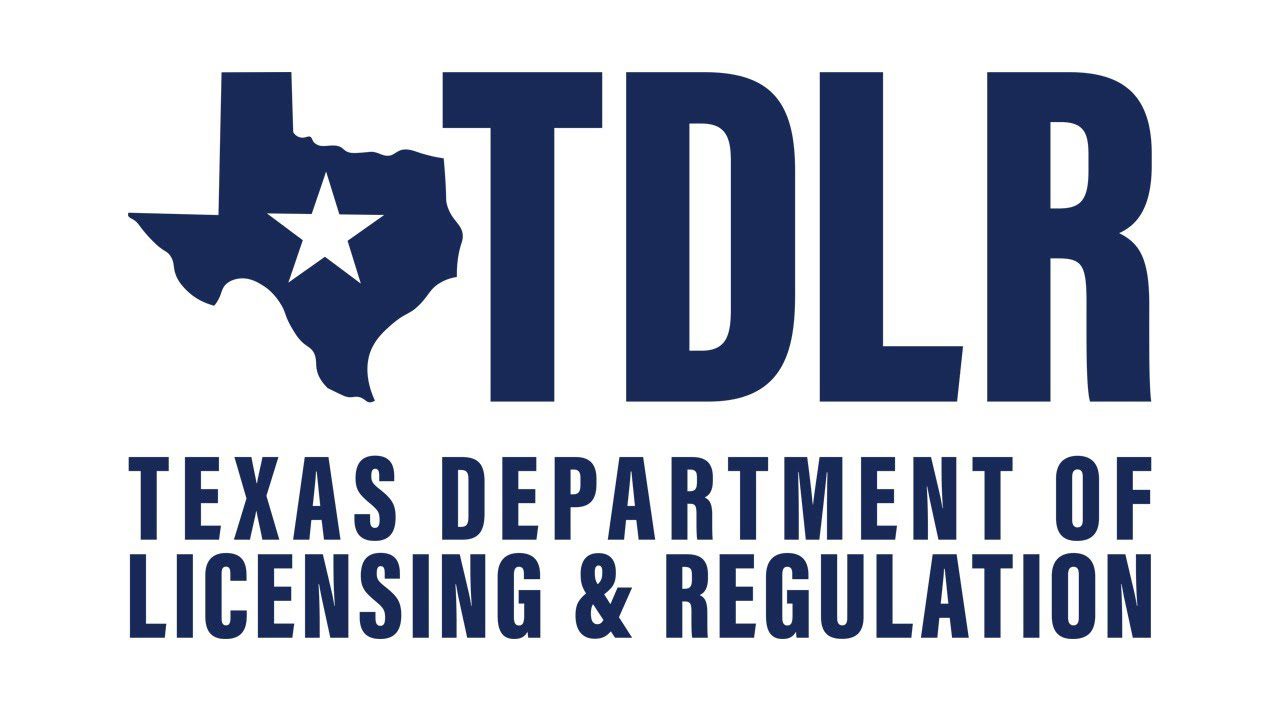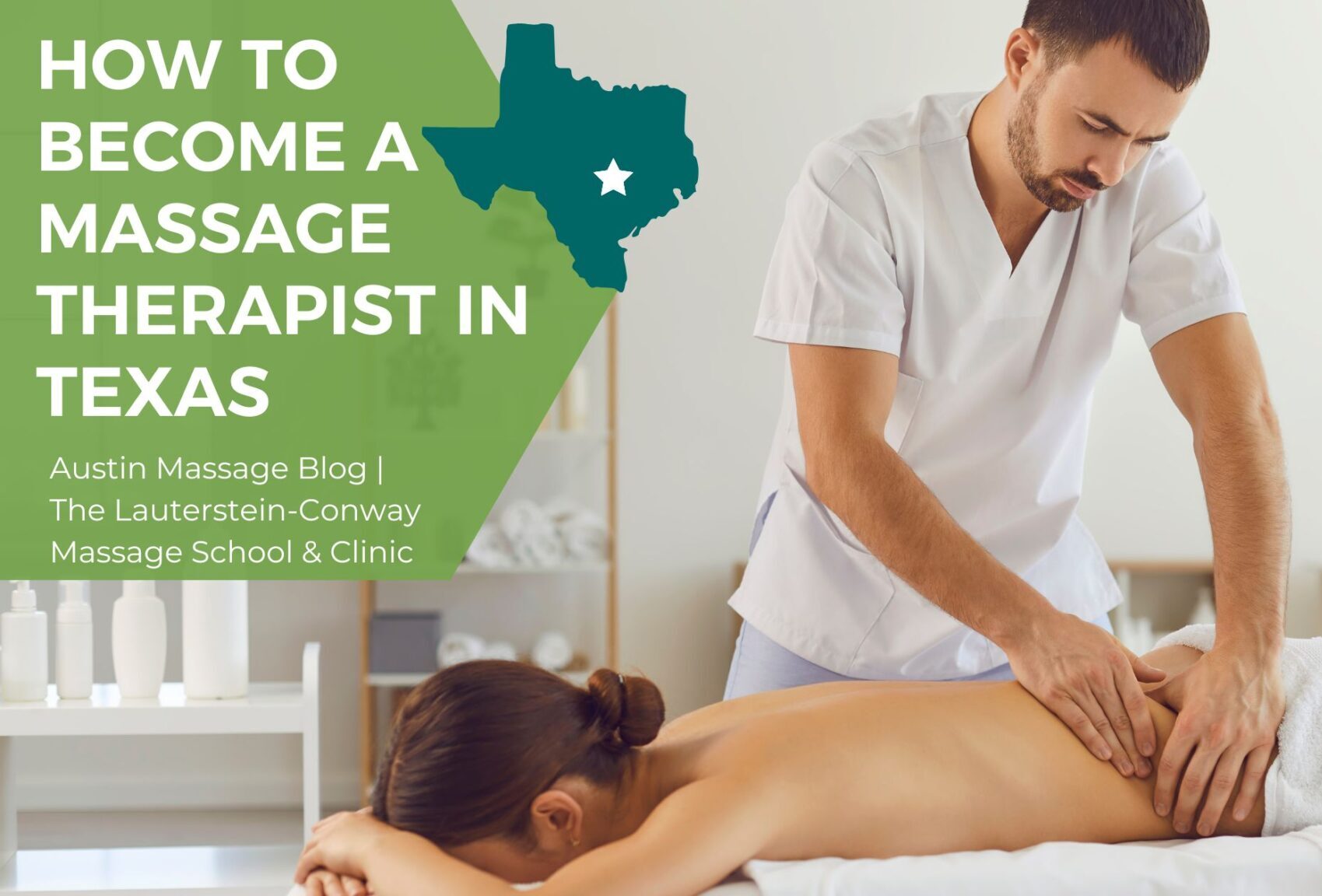Interested in becoming a Massage Therapist? Here is a step-by-step guide on how to become a Licensed Massage Therapist in Texas.
The state agency that regulates massage therapy is the Texas Department of Licensing and Regulation(TDLR)
 TDLR defines Massage Therapy as the manipulation of soft tissue by hand or through a mechanical or electrical apparatus for the purpose of body massage. The term includes effleurage (stroking), petrissage (kneading), tapotement (percussion), compression, vibration, friction, nerve strokes, and Swedish gymnastics.
TDLR defines Massage Therapy as the manipulation of soft tissue by hand or through a mechanical or electrical apparatus for the purpose of body massage. The term includes effleurage (stroking), petrissage (kneading), tapotement (percussion), compression, vibration, friction, nerve strokes, and Swedish gymnastics.
Massage therapy is a health care service when the massage is for therapeutic purposes, and a licensed massage therapist may receive referrals from a physician to administer massage therapy. Massage therapy may include the use of oil, lubricant, salt glows, heat lamps, hot and cold packs, or tub, shower, jacuzzi, sauna, steam or cabinet baths.
STEPS TO BECOME A LICENSED MASSAGE THERAPIST IN TEXAS:
- Complete a 500 Hour Massage Therapy training program at a state-licensed massage school.
- Take and pass the Massage and Bodywork Licensing Exam (MBLEx).
- Take and pass a Jurisprudence Exam on Texas massage laws and rules.
- Complete the application for a Massage Therapy License and submit fingerprints to TDLR.
Please be aware that License requirements vary from state to state; although 44 states accept the MBLEX exam, they may have different academic requirements. If you’re planning on moving after completing a Texas 500-hour program, check with that state licensing department to see if they have additional requirements.
How to Become a Licensed Massage Therapist in Texas:
STEP #1 – State Required Curriculum
- Swedish massage – 125 hours
- Additional massage techniques and theory – 75
- Anatomy – 50
- Physiology – 25
- Kinesiology – 50
- Pathology – 40
- Hydrotherapy – 20
- Business Practice, Laws, Rules, Ethics – 45
- Health and Hygiene – 20
- Student internship program – 50
- Total hours required: 500
STEP #2 – Taking the MBLEX
Texas requires potential therapists to pass the Massage and Bodywork Licensing Examination ‘MBLEx’ test. This is a 100 question test given on a computer and timed at 2 hours. It is administered through an online testing center approved by the Federation of State Massage Therapy Boards (FSMTB).
When choosing which Massage Therapy School to attend, be sure to ask to see their latest MBLEX scores and how they compare with the State and National averages.

STEP #3 – Take the Jurisprudence Exam
The Texas Massage Therapist Jurisprudence Examination content is based on the state rules and laws relating to the practice of massage therapy. All applicants for initial licensure must submit proof of completing the jurisprudence examination at the time they submit a completed application form. Applicable fees are paid directly to the third-party vendor for the jurisprudence examination. Cost: $34
STEP #4 – APPLY FOR YOUR LICENSE
Apply for your License through the Texas Department of Licensing and Registration (TDLR). From the time you apply until your get your license varies but can range from 1 to 4 weeks. ´ To apply go to WWW.TDLR.TEXAS.GOV ´ Click Online Services and scroll down to Massage Therapy ´ From there you will register for a new user account and begin the process of applying for your license. This process does include a background check (f you are worried about a past conviction, check with TDLR before applying). ´
Items Needed for Application:
- Proof of Jurisprudence Exam
- Proof of MBLEX Successful Completion
- Transcripts from your 500 Hour Program
- Social Security Number
- Cost: $100
STEP #5 – Celebrate and start your Career!
The Lauterstein-Conway Massage School (TLC) has a 500-hour program (the one required for licensure) and over 400 hours of continuing education workshops each year. The required Massage Therapy curriculum for Texas licensing is set. The quality of the school and the student’s education is determined by how they present the curriculum, the experience of the teachers, and the students the school attracts.
TLC has continued to refine its curriculum for over 30 years to offer the most comprehensive massage training in Texas to prepare students to confidently pass the MBLEX.
512.374.9222 ext 14 | admissions@tlclschool.com

